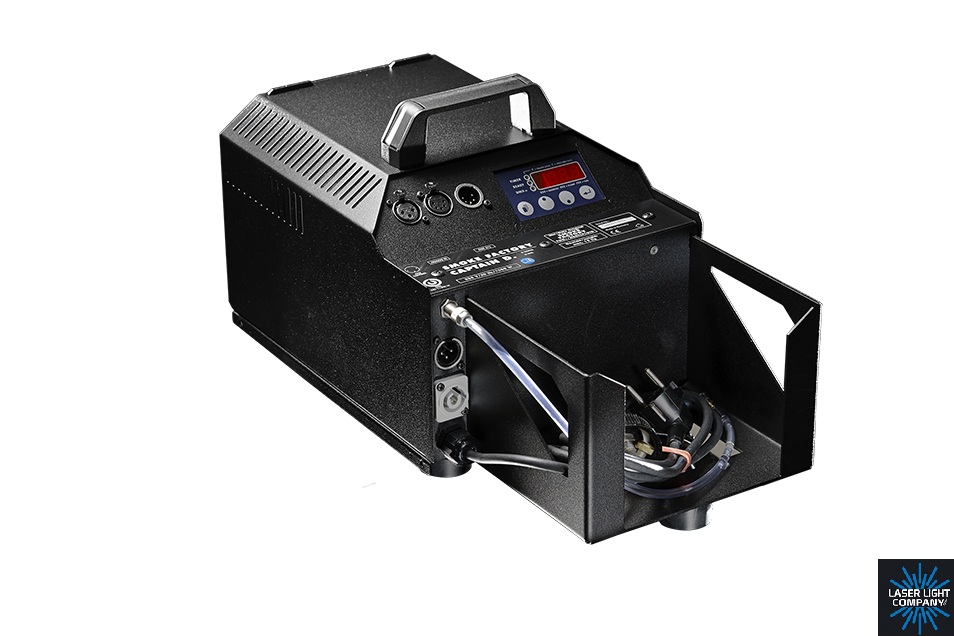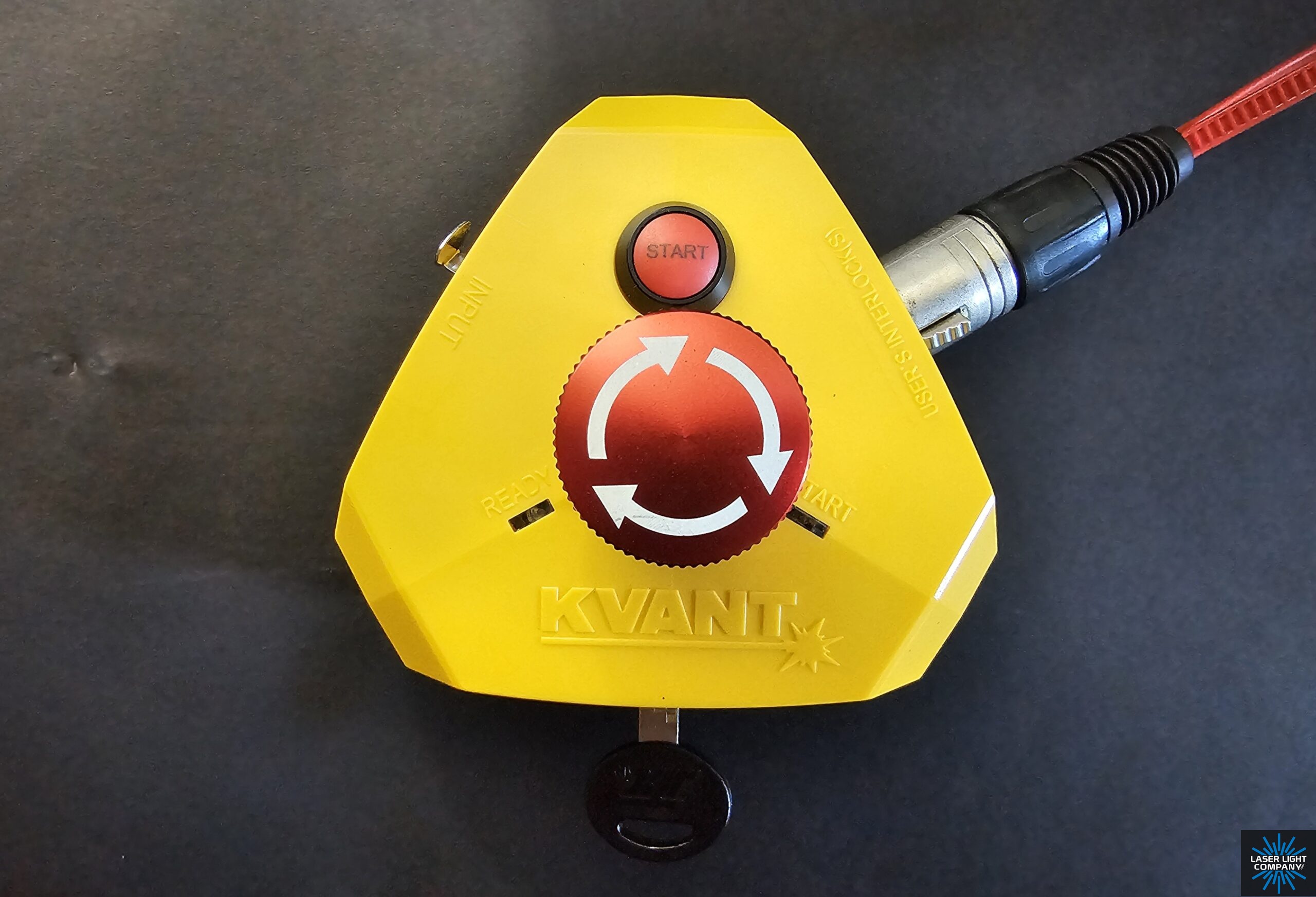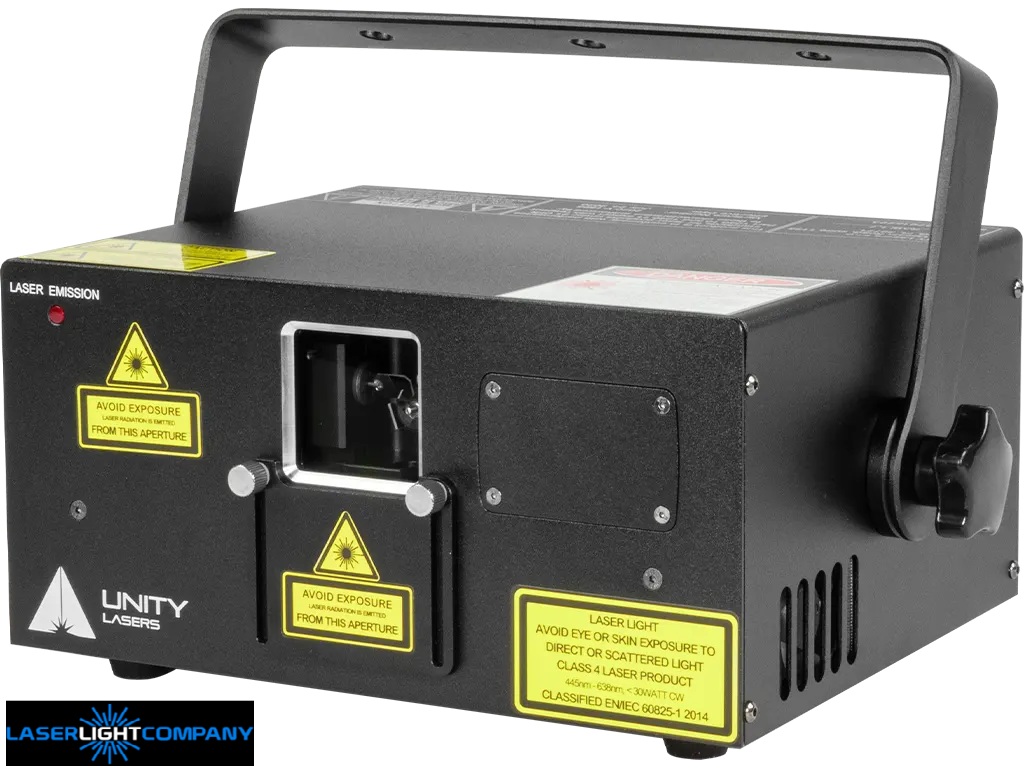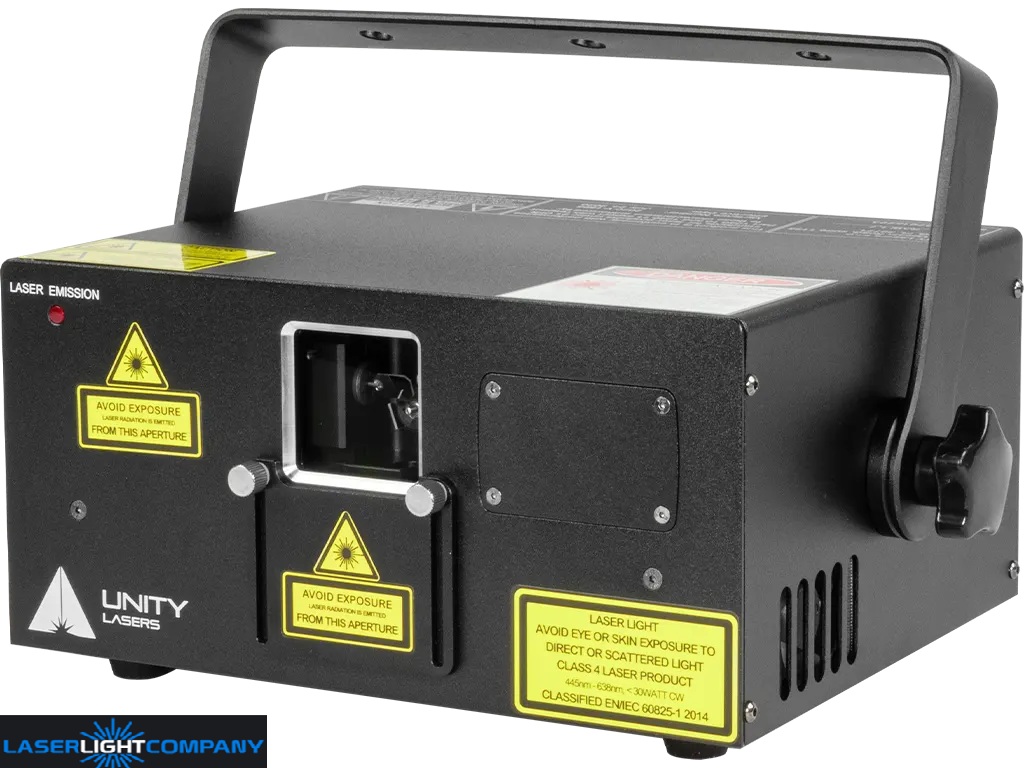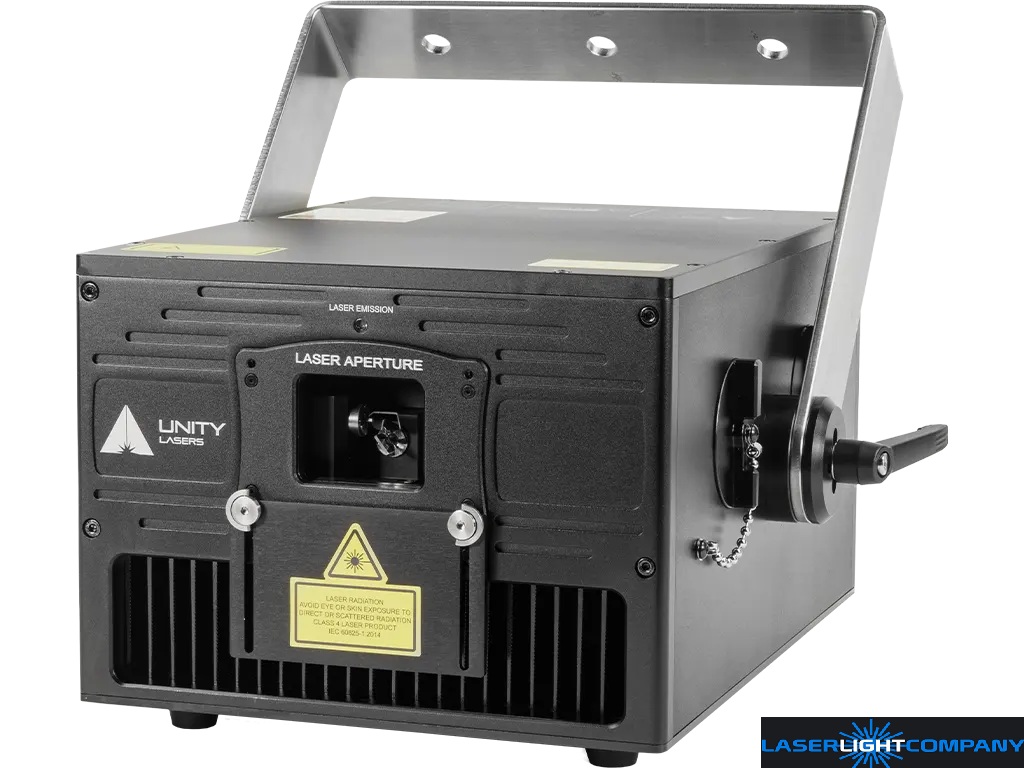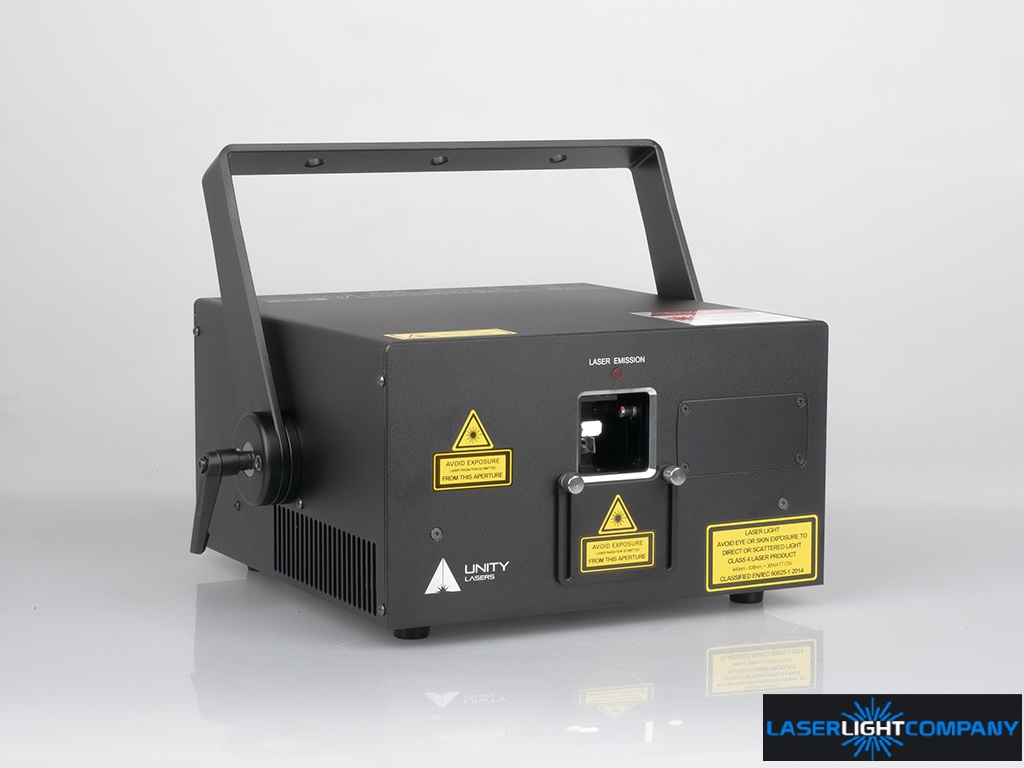What is an E-STOP, and Why is it Essential for Laser Safety?
In laser displays and events, safety takes top priority. The E-STOP (Emergency Stop) feature ensures the safe operation of laser systems. This feature is especially crucial in high-stakes environments where minimizing risks is essential. The E-STOP is part of the interlock system, which instantly disables laser output if an emergency arises. It protects both operators and audiences from potential harm.
How the E-STOP Feature Works
The E-STOP is a critical part of the interlock system. It monitors the status of laser projectors, particularly when they connect in a daisy-chained setup. Here’s how it operates to enhance safety:
- Immediate Laser Shutdown: When an emergency occurs, the E-STOP feature quickly shuts down the laser output. This action prevents potential hazards by manual activation of the emergency switch or an automatic response to conditions like power loss.
- Controlled Restart Process: After activating the E-STOP, you must resolve the issue that caused the emergency before resuming laser operation. Once resolved, press the START button on the E-STOP remote. After a brief delay, the system stabilizes, and you can reactivate the laser output.
Explore more about the E-STOP feature and its role in laser safety with the Kvant E-STOP Triangle and Kvant E-STOP Square.
The Importance of E-STOP in Laser Projector Setups
In environments where multiple laser projectors are used, especially in daisy-chained configurations, the E-STOP feature is essential. Here’s why it’s an indispensable safety tool:
- Unified Control: The E-STOP provides a single point of control over all connected laser projectors. If any one unit in the chain encounters an issue, the entire system shuts down, preventing further complications or risks.
- Enhanced Safety for Live Events: During live events, where the audience and crew are near powerful laser beams, the E-STOP neutralizes potential danger immediately. This feature is vital for complying with safety regulations and ensuring everyone’s well-being.
- Peace of Mind for Operators: The E-STOP feature allows laser operators to focus on the creative aspects of their work, knowing they can swiftly address any emergencies.
Learn more about how E-STOP enhances safety in various laser setups by exploring the Kvant E-STOP Triangle and Kvant E-STOP Square.
When Should You Use the E-STOP Feature?
While the E-STOP is a powerful safety feature, it’s crucial to know when to use it:
- Emergency Situations: The primary use of the E-STOP is during emergencies, such as when a person is exposed to the laser beam, when there is a fire risk, or when equipment malfunctions. This feature allows for immediate action to prevent accidents.
- Routine Safety Checks: The E-STOP also proves useful during safety drills and routine checks. It ensures the system functions correctly. Regular testing helps maintain the interlock system’s reliability and ensures it operates as expected in an actual emergency.
For guidelines on the proper use of the E-STOP feature, visit our safety resources on the Kvant E-STOP Triangle and Kvant E-STOP Square.
Conclusion: Ensure Maximum Safety with the E-STOP Feature
The E-STOP is a vital component of laser safety systems. It provides immediate control over laser outputs in emergencies. By integrating E-STOP into your laser setups, particularly in complex or large-scale configurations, you significantly enhance the safety and reliability of your operations. Whether for live events, industrial applications, or any other use of laser projectors, the E-STOP feature safeguards against unforeseen risks.
Discover more about implementing the E-STOP feature in your laser systems with the Kvant E-STOP Triangle and Kvant E-STOP Square.


